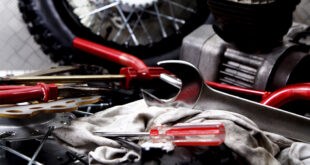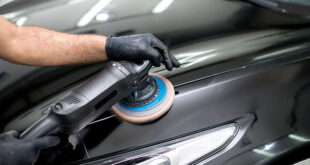While gasoline is the most common fluid found in vehicles, there are other types of auto fluids that may also be leaking. These include brake fluid, power steering fluid, and transmission fluid. Knowing the types of auto fluid leaks can help you identify the source of the leak. In some cases, it is possible to fix the leak without the help of an expert.
Engine oil
Engine oil leaks have a number of different causes. Typically, these leaks occur when a car is in motion. In some cases, they’re caused by a worn seal or crankshaft. Whatever the cause, these types of leaks will produce a distinctive odor.
Non-toxic engine oil is the best way to combat leaks in your engine. The right oil is formulated to prevent harmful elements and provide optimal performance. To stop your leak, look for a product that doesn’t contain harmful elements, such as lead, chromium, or sulfur. Fortunately, there are several products available that are safe and effective for use in engines.
One common source of engine oil leakage is the timing-cover oil seal. This gasket is located at the crankshaft-pulley end of your engine. Because it’s made of thin metal, it expands and contracts with the engine’s operation. A small amount of oil can leak from this seal and appear as streaks on your engine’s sump pan or underneath it. If you notice these streaks, replace the timing-cover oil seal. Fortunately, a replacement oil seal will stop the leak and prevent further damage to your engine.
Transmission fluid
Transmission fluid leaks are an issue that can be expensive to repair. They usually start out on the front end of the transmission, and can develop from several sources. The front pump seal can fail, and this can allow transmission fluid to leak out. Other causes are loose bolts or drain plugs, and road debris.
If you notice that your transmission fluid is leaking, you need to address it immediately. While a leak isn’t dangerous in the short term, it’s important to get it fixed right away. The quicker you address the problem, the less chance you have of having to deal with other problems. You’ll want to take your vehicle to a mechanic who is trained and certified to handle transmission fluid leaks.
Transmission fluid leaks are a frustrating problem to have to deal with. You’ll need to know how to identify them before they cost you a lot of money. To find the leak, first inspect the transmission. It will be red or brown, and will be visible under the center of your car.
Brake fluid
Brake fluid leaks can happen for a number of reasons. They may be asymptomatic, like a leaking brake reservoir, but they can also cause the brake pedal to become unresponsive or even go to the floor. A leaking brake fluid reservoir can also cause a warning light to appear in your vehicle’s dash. Fortunately, there are several ways to diagnose and fix these problems.
One of the most common types of brake fluid leak is caused by a leaky brake line. This can occur due to various reasons, including worn brake shoes or pads, loose bleeder valves, or corrosion from road salt. In some cases, the brake fluid can leak into the power steering system, which could also cause a faulty brake system.
There are three types of brake fluid leaks. If a ‘weep’ is detected in the brake system, the source of the leak is most likely the master cylinder seal. Other sources include split flexible hoses, cracked brake pipes, or loose screw-in pipe unions.
Power steering fluid
Power steering fluid leaks are usually found in two places. The first is in the reservoir where power steering fluid is stored. The reservoir is usually made of rubber and has a removable cap and an integrated dipstick. Leaks can occur at the seals and connection points on the reservoir, which will give you a clue as to where the fluid is leaking. Less common power steering leaks can also occur in the steering column.
Leaky power steering fluid is a dangerous problem to drive with. Even if the leak does not make your car uncontrollable, it can damage your vehicle and your pocketbook. This is why you should always take care to fix any power steering leak as soon as possible. In the event that the leak is very small, you may be able to drive your car until you reach the nearest auto repair shop.
If you notice a leak in your power steering fluid, it is likely to be due to a malfunctioning pump or hose. It can also be caused by a broken O-ring or tubing. In addition, chunks of debris can clog up the system and cause strain on the steering system. Water can also get trapped in the fluid and oxidize it, reducing its hydraulic potency. If left unchecked, a contaminated power steering fluid can cause blockages and even a failure of the pump.
 Motor Sport Expo Tech – The Best Football Picks – Find Them
Motor Sport Expo Tech – The Best Football Picks – Find Them





